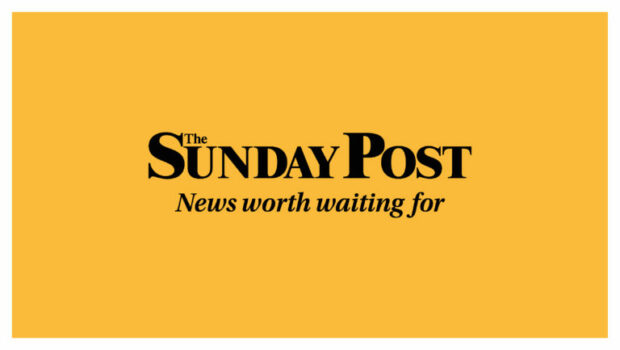
Nurses are not unused to tragedy.
A hospital, by its very nature, can be a place of anxiety and heartache. Anyone who has ever had an overnight stay in a ward or visited a sick relative will have experienced the sound of muffled sobs coming from behind a bedscreen.
While it is usually a doctor or consultant who has the unenviable task of delivering bad news, it is often a nurse who is left to pick up the pieces.
Increasingly, though, it is the medical staff who are finding themselves at breaking point.
Today one nurse tells The Sunday Post she is so “broken” by working on her NHS ward that she has no option but to retire early.
In a shocking dispatch from the healthcare frontline she reveals she regularly works 11 hours straight without food or a break. Often left to do the job of two, she has so little time to spend with each patient that she “just has to concentrate on the sickest.”
As a result, she and her colleagues live with the constant fear that mistakes could cost a patient their life.The unbearable stress, she says, means it’s “not unusual to hear nurses crying quietly in the toilets during their shift”.
Her experience is not an isolated one. Health thinktank The Nuffield Trust reveals poor workplace conditions, bullying, a lack of hot meals or time to eat are commonly cited by nurses as major reasons for quitting.
Meanwhile, Dr Lewis Morrison, who has led the British Medical Association in Scotland for the past four years, said last week that nurses who have raised concerns about staffing levels compromising care are being told nothing can be done.
It’s no secret the NHS is under immense pressure but surely the very least staff should expect is to have the resources they need to safely do their job.
As we stagger from the pandemic straight into the cost of living crisis we have never needed the NHS more yet it has never looked more depleted.
Contrary to the Scottish Government’s five-year recovery plan for our health service, Dr Rowan Parks, president-elect of the Royal College of Surgeons of Edinburgh, estimates it will be 10 years before waiting times return to pre-pandemic levels. The key to this, he says in today’s Post, is ensuring that we value the staff we have and make it an attractive career to bring in more recruits.
So what are our government doing about it? Health Secretary Humza Yousaf, who recently acknowledged our NHS staff are “completely knackered”, says they have implemented a £12m package of wellbeing support for beleaguered staff, including rest spaces and psychological help. He also points out Scotland has more nurses than ever before.
This is not a picture recognised by many staff at the NHS coalface.
Of course, Covid has had an unprecedented impact of our health service and it’s not a problem that can be solved overnight.
But it’s clear that the NHS can’t begin to heal when its staff are so sick and tired.

Enjoy the convenience of having The Sunday Post delivered as a digital ePaper straight to your smartphone, tablet or computer.
Subscribe for only £5.49 a month and enjoy all the benefits of the printed paper as a digital replica.
Subscribe